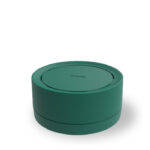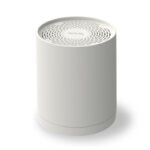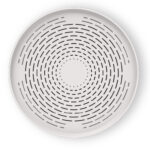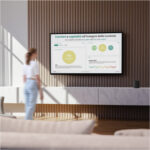Furniture and indoor pollution
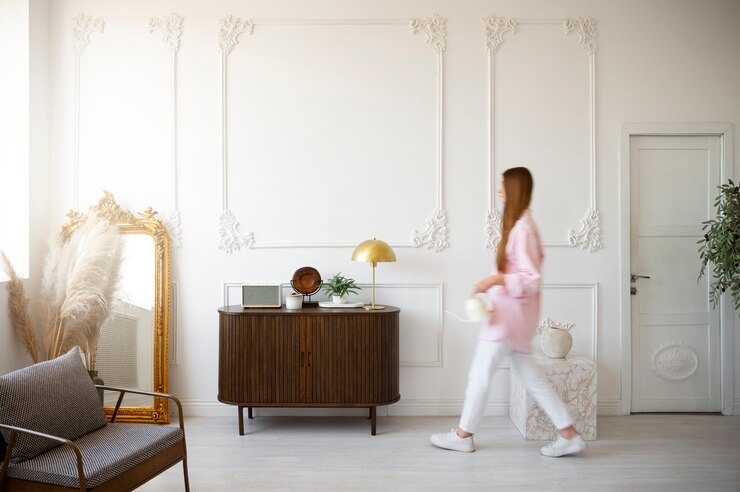
Housing well-being as a priority

In a world that increasingly embraces the concept of sustainability, living well-being comes first.
For this reason, not only space and people but also environmental impact are taken into account when creating design projects.
The interior design industry is very sensitive to this issue in fact it supports the reuse of furnishing materials and the reduction of indoor pollutants with the aim of ensuring that sustainability is at the heart of every project devised.
In vintage-style homes, for example, one can find sideboards turned into bookshelves, old inactive bicycles used as support for wooden countertops, saddles repurposed to give life to stools, or worktops from old sewing machines used as desks or side tables, and so on.
Healthy environments and clean air

According to the U.S. Environmental Protection Agency (EPA), indoor pollution is among the top threats to public health, so it is important to lower toxicity levels to preserve the well-being of people and the environment.
Achieving an excellent interior design project must begin with creating healthy environments.
Often chemicals used in household cleaning can be harmful to people’s health and can contribute to indoor air pollution.
To date, interior designers favor designing spaces that are healthy, natural and free of polluting allergens.
Keeping energy consumption and concentration of toxic agents under control is the ideal answer to having a healthy home and breathing clean air.
The link between furniture and air quality
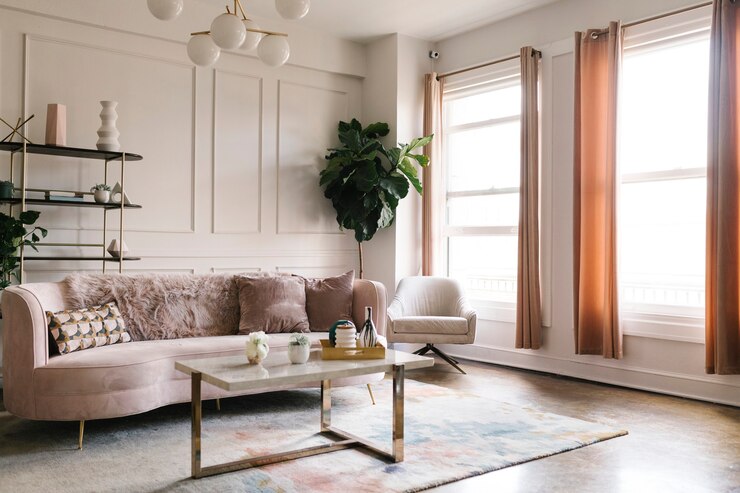
No object, although high visual impact and the protagonist of an environment, is perceived as unique and isolated.
Interior design therefore needs to consider many aspects: sensations, perceptions, people’s psychophysical well-being and indoor air quality. It is not just a matter of aesthetic taste.
People spend most of their time indoors, so it is essential to reduce the use of chemicals and harmful elements.
Every finish, every piece of furniture, and every accessory must be healthful and knowledgeably chosen by the designer whose intent is to provide the best quality of life.
The occupants of the home then must strive to maintain the sought-after healthfulness by eliminating everyday objects and products that release harmful substances and by frequently checking the air quality within the home.
Energy efficiency and air quality: the role of IoT

Interior designers cannot disregard the use of tools derived from the digital revolution, such as virtual assistants, remotely controllable home appliances, home automation systems, air monitoring sensors, and so on.
Energy efficiency is a priority goal, but so is ensuring good air quality: integrating energy and environmental monitoring is now possible with the Internet of Things.
Increasingly common is Sick building syndrome, which manifests itself through more or less severe symptoms in large numbers of occupants of modern or recently renovated buildings where unhealthy air is breathed. (Source: Ministry of Health)
The composition of indoor air must fall within precise limits, that is, within standard requirements set by the World Health Organization.
The main air pollutants range from Carbon Dioxide (CO2), Volatile Organic Compounds (VOCs), Fine Particulate Matter (PMs) to Radon Gas (RN).
Internet of Things refers to a set of technologies that can connect any type of apparatus to the Internet.
IoT sensors make it possible to capture a large amount of data: they are able to provide detailed and reliable data on key environmental parameters-that is, the substances that most pollute the air.
Environmental sensing opens up new possibilities for creating smart devices that improve our comfort and well-being and increase the chances of raising the energy efficiency of residential, commercial and industrial buildings.
The Internet of Things simplifies the management of environments and contributes to increased living comfort.

